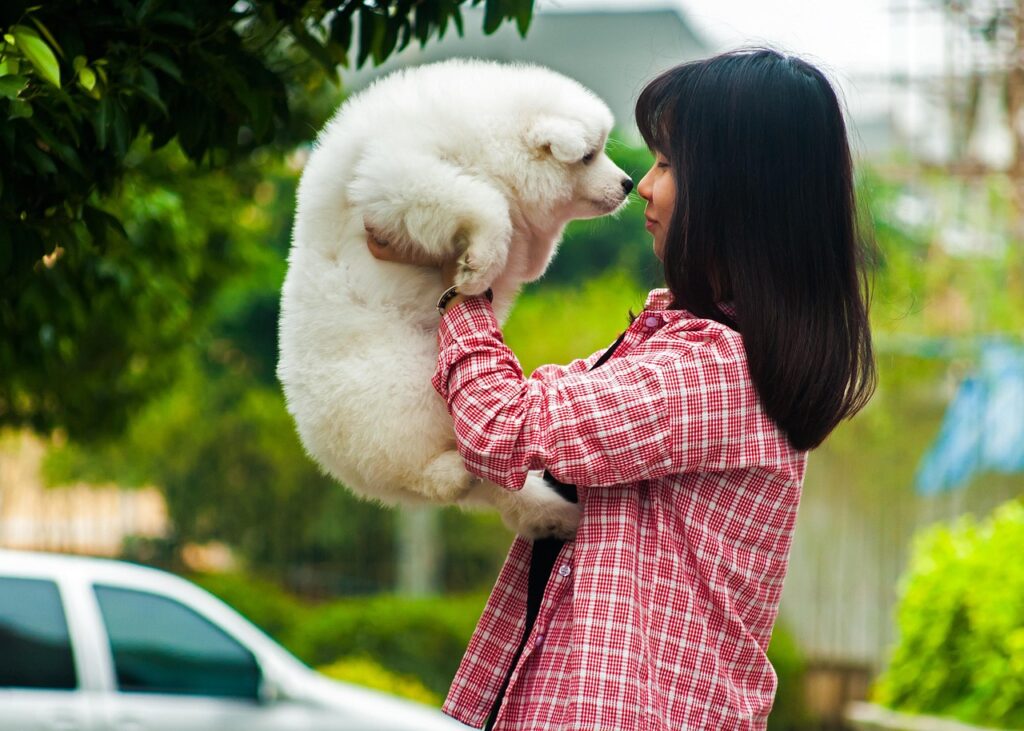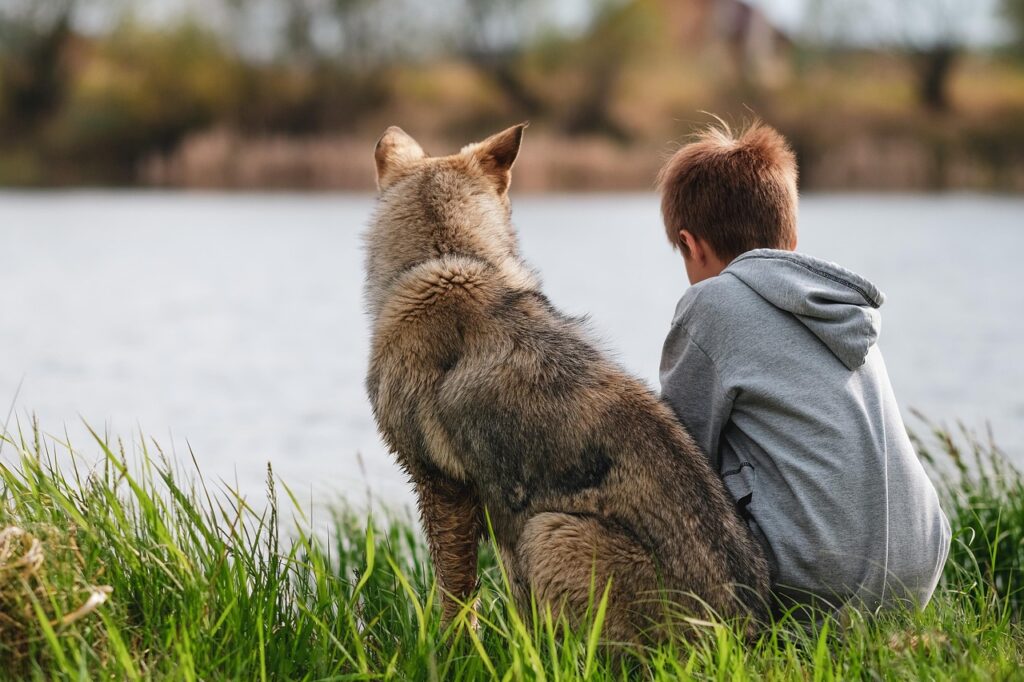As a parent, you’ve probably fielded countless pleas for a furry, feathered, or finned family member. While the thought of adding another responsibility to your already full plate might seem overwhelming, the benefits of pet ownership for families extend far beyond the joy of a wagging tail or purring companion. Here’s why bringing a pet into your home might be one of the best decisions you make for your children’s development.

1. Teaching Responsibility Without Lectures
Nothing teaches responsibility quite like a living creature depending on you for care. When children feed their hamster every morning or walk the family dog after school, they learn accountability in the most natural way possible. Unlike chores that feel arbitrary, pet care has immediate, visible consequences. Miss feeding time, and your pet is genuinely hungry. Skip the walk, and your dog is restless and uncomfortable. This direct cause-and-effect relationship builds a sense of responsibility that no amount of parental lecturing can achieve.
2. Developing Empathy and Emotional Intelligence
Pets are living lessons in reading non-verbal cues and understanding others’ needs. Children learn to recognize when their cat is stressed, when their dog needs comfort, or when their rabbit wants to play. This skill in interpreting and responding to emotional states translates directly to human relationships. Kids who grow up with pets often show greater emotional intelligence, better understanding of boundaries, and more natural compassion toward others who can’t always articulate their needs.
3. Building Unconditional Love and Self-Worth
Pets offer something increasingly rare in our achievement-oriented world: love without conditions. Your dog doesn’t care if you failed a test, struck out at baseball, or had a bad hair day. This unconditional acceptance helps children develop a stable sense of self-worth that isn’t dependent on performance or external validation. For children struggling with confidence, a pet’s unwavering affection can be profoundly healing and confidence-building.
4. Creating Natural Stress Relief and Emotional Regulation
The therapeutic benefits of pet ownership are well-documented, and children are no exception. Stroking a cat, playing with a dog, or simply watching fish swim can lower cortisol levels and reduce anxiety. After difficult days at school, children often instinctively seek comfort from their pets. This natural stress relief teaches healthy coping mechanisms and emotional regulation skills that serve them throughout life.
5. Encouraging Physical Activity and Outdoor Time
In our screen-dominated age, pets provide natural motivation for physical activity. Dogs need walks, cats enjoy interactive play, and even small pets like rabbits benefit from supervised outdoor time. Children with pets spend more time moving, exploring, and engaging with the physical world. This isn’t forced exercise—it’s joyful activity that happens organically as part of pet care and play.
6. Learning About Life Cycles and Difficult Realities
Pets offer gentle introductions to life’s more challenging aspects—illness, aging, and death. While these experiences can be painful, they provide invaluable opportunities for children to process difficult emotions with family support. Learning to cope with a pet’s passing teaches resilience, helps children understand the preciousness of life, and gives them tools for handling future losses with greater emotional maturity.
7. Fostering Patience and Delayed Gratification
Training a pet requires consistency, patience, and acceptance that progress comes slowly. Children learn that building relationships and achieving goals takes time and repeated effort. Whether it’s house-training a puppy or teaching a bird to step up, pet ownership naturally develops patience and persistence—qualities that serve children well in academics, relationships, and future careers.
8. Building Family Bonds and Shared Purpose
Caring for a pet becomes a family project that brings everyone together around a common goal. Family walks with the dog, cleaning the guinea pig’s cage together, or collaborating on pet training creates shared experiences and memories. Pets often become the subject of family stories, inside jokes, and traditions that strengthen family identity and connection.
9. Developing Communication and Social Skills
Pets are excellent conversation starters and social facilitators. Children walking dogs meet neighbors, kids with unusual pets have interesting stories to share, and pet care often involves interactions with veterinarians, pet store employees, and other pet owners. These interactions develop communication skills and social confidence in low-pressure, enjoyable contexts.
10. Learning About Commitment and Long-Term Thinking
Unlike toys that can be abandoned when interest wanes, pets require consistent care for years or even decades. This teaches children about long-term commitment and helps them understand that some decisions have lasting consequences and responsibilities. Children learn to think beyond immediate desires to consider the long-term needs of another living being.
Choosing the Right Pet for Your Family
Not every family is ready for a high-maintenance dog, and that’s perfectly fine. Consider your lifestyle, living situation, and children’s ages when choosing a pet. Fish, hamsters, or guinea pigs can provide many benefits with less intensive care requirements. The goal isn’t to get the most impressive pet, but to find the right match for your family’s circumstances and commitment level.
Addressing Common Concerns
Yes, pets require time, money, and energy. Yes, they can be messy and unpredictable. But for most families, these challenges are far outweighed by the benefits. The life skills, emotional development, and family bonding that pets facilitate are investments that pay dividends for years to come.
Consider this: we readily invest in sports equipment, art supplies, and educational activities for our children’s development. Pet ownership offers similar developmental benefits while also providing companionship, joy, and countless teachable moments woven naturally into daily life.
The question isn’t whether you can afford to get a pet—it’s whether you can afford not to give your children these irreplaceable experiences in compassion, responsibility, and unconditional love.
What are your experiences with pets and parenting? Have you seen these benefits in your own family? Share your pet parenting stories in the comments below.

